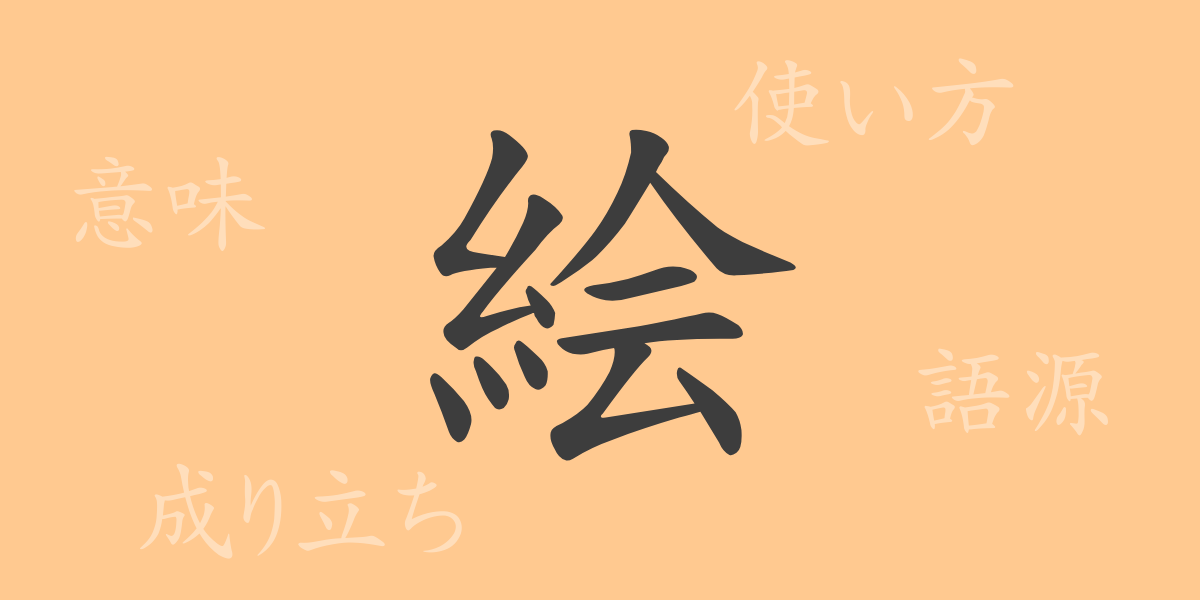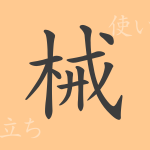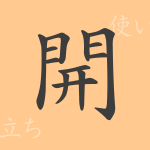Art is deeply embedded in our lives, serving as a powerful medium to convey emotions and stories. In this article, we delve into the allure of the Japanese kanji “絵” (E), exploring its origins, meanings, and uses, as well as its presence in idioms and proverbs, revealing its multifaceted aspects. Both art enthusiasts and those interested in language are invited to discover the rich history and cultural background encapsulated within this single character.
The Origins of 絵 (E)
The kanji “絵” (E) traces back to ancient China. It is composed of the radical for “thread” (Ito) and the character for “meeting” (会), which together imply the meaning of “drawing with threads.” This combination gave rise to the concept of depicting paintings or diagrams. In Japan, this kanji has long been used to refer to paintings.
Meaning and Usage of 絵 (E)
The kanji “絵” (E) signifies the act of representing something using images. This includes not only paintings but also illustrations, diagrams, and even photographs—encompassing all forms of visual expression. Common usages include phrases like “drawing a picture,” “art class,” and “picture book.” Metaphorically, it can also refer to unattainable dreams or plans, as in the phrase “a pie in the sky” (literally “a mochi drawing”).
Readings, Stroke Count, and Radical of 絵 (E)
The kanji “絵” (E) is considered basic knowledge in Japanese reading and writing.
- Readings: On’yomi (Chinese reading) are “かい” (Kai) and “え” (E), while Kun’yomi (Japanese reading) are “えがく” (Egaku) and “え” (E).
- Stroke Count: 12 strokes in total.
- Radical: Thread radical (糸部 Itohen).
Idioms, Phrases, and Proverbs Using 絵 (E) and Their Meanings
There are many idioms, phrases, and proverbs that include the kanji “絵” (E) in the Japanese language. For instance, “a pie in the sky” (絵に描いた餅 E-ni-ka-ita-moti) signifies an unachievable wish, while “pie in the air” (絵空事 Esoragoto ) refers to baseless stories or lies. On the other hand, “paints” (絵の具 えのぐ) denote the tools used for painting, and “painting” (絵画 Ega) refers to the artwork itself.
Summary on 絵 (E)
Art is not just a form of visual expression; it is a crucial medium for conveying culture and emotions. Its history is ancient, and it has integrated into our language and lives in various forms. The use of “絵” (E) in Japanese teaches us about the depth of language through its rich implications and applications. From beautiful paintings to everyday idioms, by reacquainting ourselves with the power held by this single character, we can gain a deeper understanding of the connection between language and culture.

























